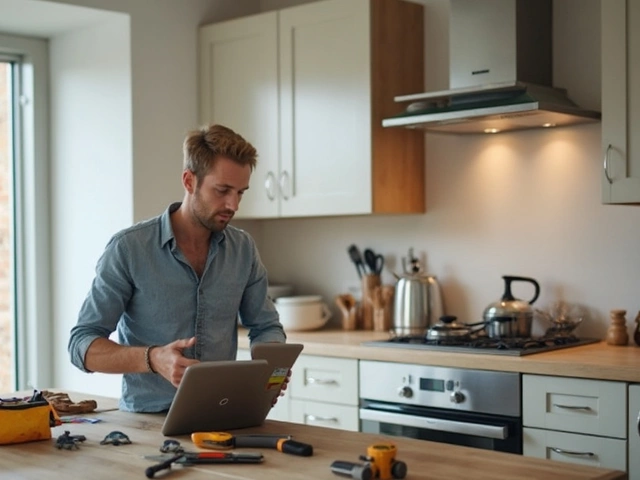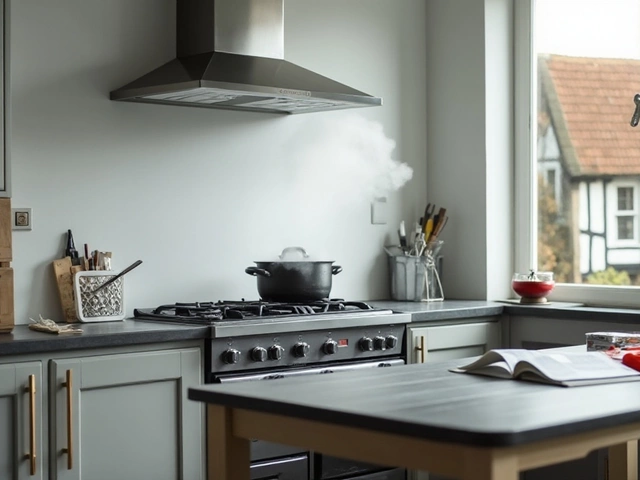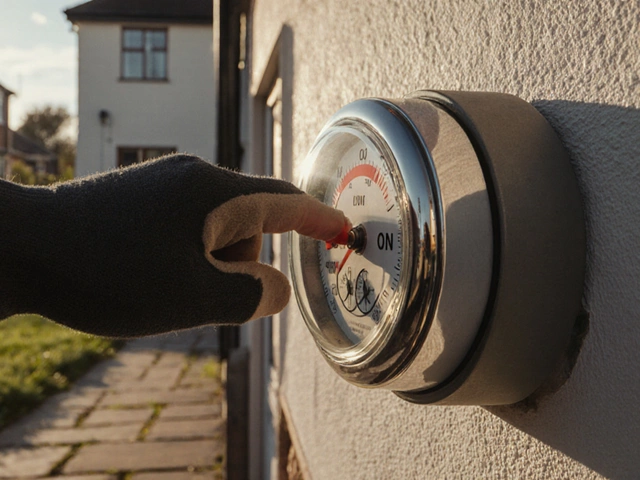If your gas oven keeps refusing to heat, you’re probably wondering what went wrong and how to sort it without spending a fortune. The good news is that many gas oven problems are easy to spot and can be fixed with a few basic tools. Below we walk through the typical culprits, what you can safely do yourself, and when it’s time to call an expert.
The first thing to check is the gas supply. Make sure the gas valve behind the oven is fully open and that there’s no smell of gas leaking. If the valve is closed or the line is kinked, the oven simply won’t get any fuel.
Next, look at the igniter. In a gas oven the igniter glows red to spark the gas. If it’s dim, cracked, or doesn’t get hot enough, the oven will stay cold. You can test it by turning the oven on and watching the igniter. It should glow bright orange within a few seconds. A weak igniter usually needs replacing.
Another frequent issue is the safety valve or thermocouple. These parts stop the gas flow if the igniter isn’t working correctly. A faulty safety valve can keep the gas locked out, leaving the oven dead. Replacing the valve is a bit more involved, but it’s a common fix for stubborn ovens.
Don’t forget the simple things: a blown fuse, a tripped breaker, or a dirty burner. A fuse or breaker can cut power to the electronics that control the igniter. A burnt‑out burner might look clean but could be clogged with food debris, preventing proper flame.
Start with the basics. Turn off the oven, disconnect the power, and shut the gas supply. Clean the burner ports with a soft brush or a bit of compressed air. This removes any food residue that could block the flame.
If the igniter looks dark or cracked, remove the oven’s back panel, locate the igniter, and swap it with a new one that matches the model. Most igniters snap into place, so the job takes under 15 minutes.
When the safety valve is the suspect, you’ll need a multimeter to check continuity. If the valve shows no continuity, replace it. Remember to order the exact part number – a mismatched valve can cause more trouble.
After you’ve cleaned and replaced any suspect parts, re‑connect the gas, restore power, and run a quick test. The oven should ignite within a few seconds and start heating. If it still won’t heat, the issue might be deeper, like a faulty control board or a cracked gas line.
At this point, calling a professional is the safest move. Gas work can be dangerous, and a certified technician will check for leaks, test the pressure, and ensure everything meets safety standards. Our Bognor Regis team can arrive fast, diagnose the problem, and get your oven back to normal without hassle.
Whether you manage a quick DIY fix or need a pro’s help, knowing the common faults saves you time and money. Keep these steps in mind the next time your gas oven won’t heat, and you’ll be back to cooking in no time.

Repairing a gas oven might seem daunting, but it's often worth the effort. This article explores when it's practical to repair versus replace, common issues, and cost-effective solutions. Learn helpful tips, find out if it’s a DIY fix, and consider important safety aspects. Discover how to make an informed decision that saves money and hassle.

When your fridge stops cooling, it can be a real worry, especially with all that food at risk. Before you call the repairman, there are a few steps you can try yourself to bring your refrigerator back to life. From checking the thermostat settings to cleaning coils and examining door seals, you might find that a simple DIY fix does wonders. Understanding how these appliances work can also help prevent future hassles. This guide will walk you through the essential tips and tricks to get your fridge cooling again.

Thinking about swapping out your extractor fan? This article breaks down when you really need a licensed electrician and when you might handle it yourself. Learn what risks and rules are involved, plus some practical tips for a painless install. Get clear answers on costs, permits, and what can go wrong if you take shortcuts. If you want fast, safe, and lasting results, this guide walks you through everything step-by-step.

Figuring out whether to repair or replace a 10-year-old range can save money and hassle. This article explores cost considerations, common issues, and when to opt for repair versus replacement. Additionally, discover maintenance tips to extend your range’s life. Make informed decisions with a detailed look into repair pros and cons. Navigate the world of kitchen appliances with confidence.

Extractor fans play a pivotal role in maintaining air quality in kitchens and bathrooms by expelling moisture, odors, and smoke. If your extractor fan suddenly stops working, it can lead to persistent humidity or unpleasant smells. This guide provides practical steps for diagnosing and fixing common issues that can cause an extractor fan to malfunction. From checking power supply and fuses to cleaning and replacing parts, understanding the intricacies can save you time and money. By following these steps, you can restore your extractor fan’s functionality and maintain a comfortable home environment.

Learn why all your gas appliances might stop working, how to safely troubleshoot common issues, and when to call a Gas Safe engineer.